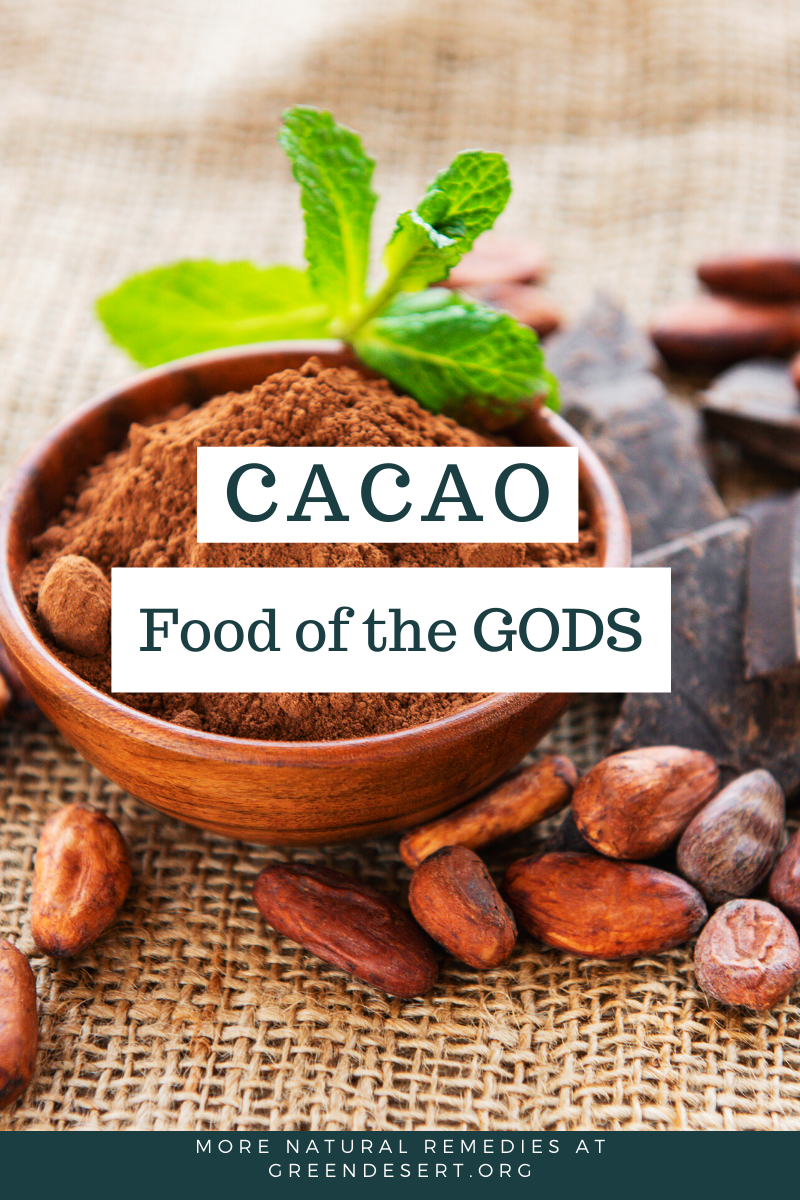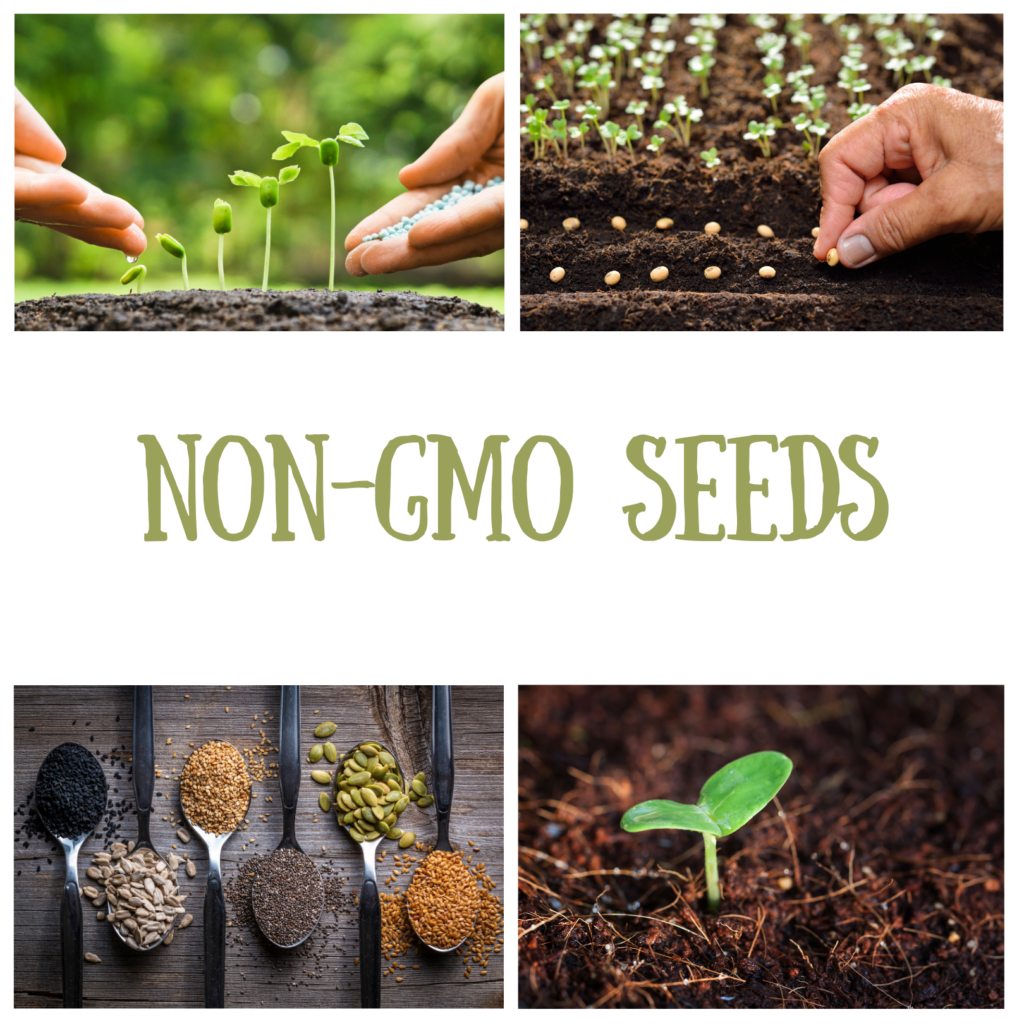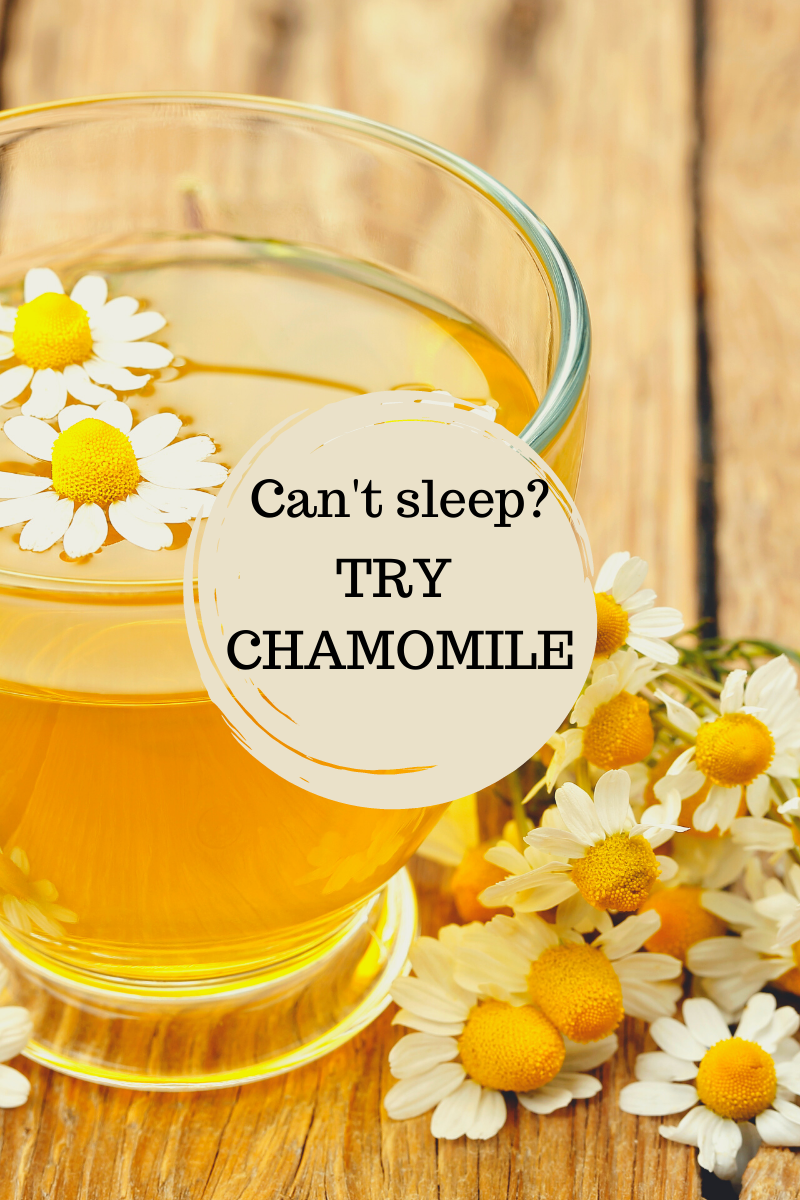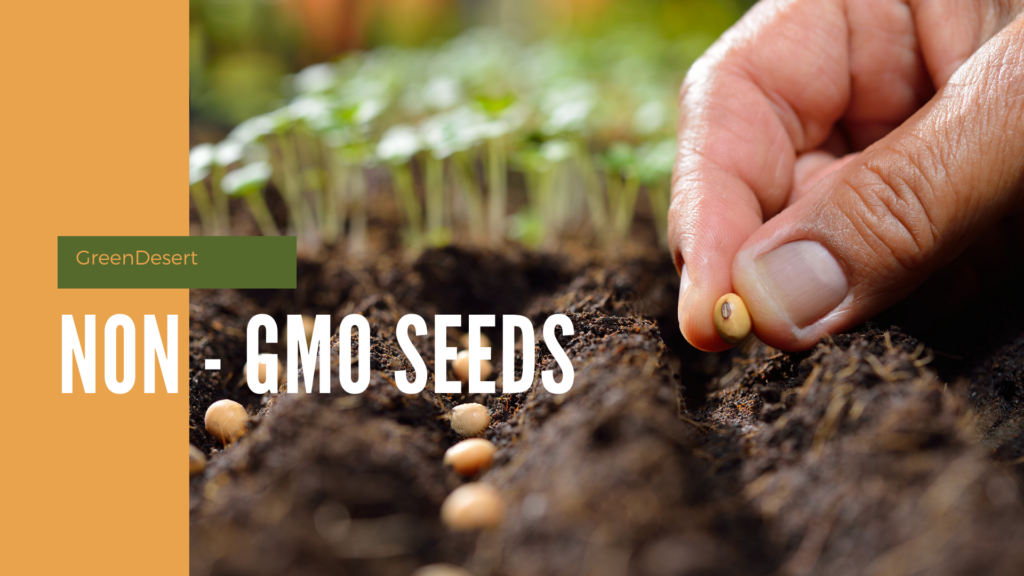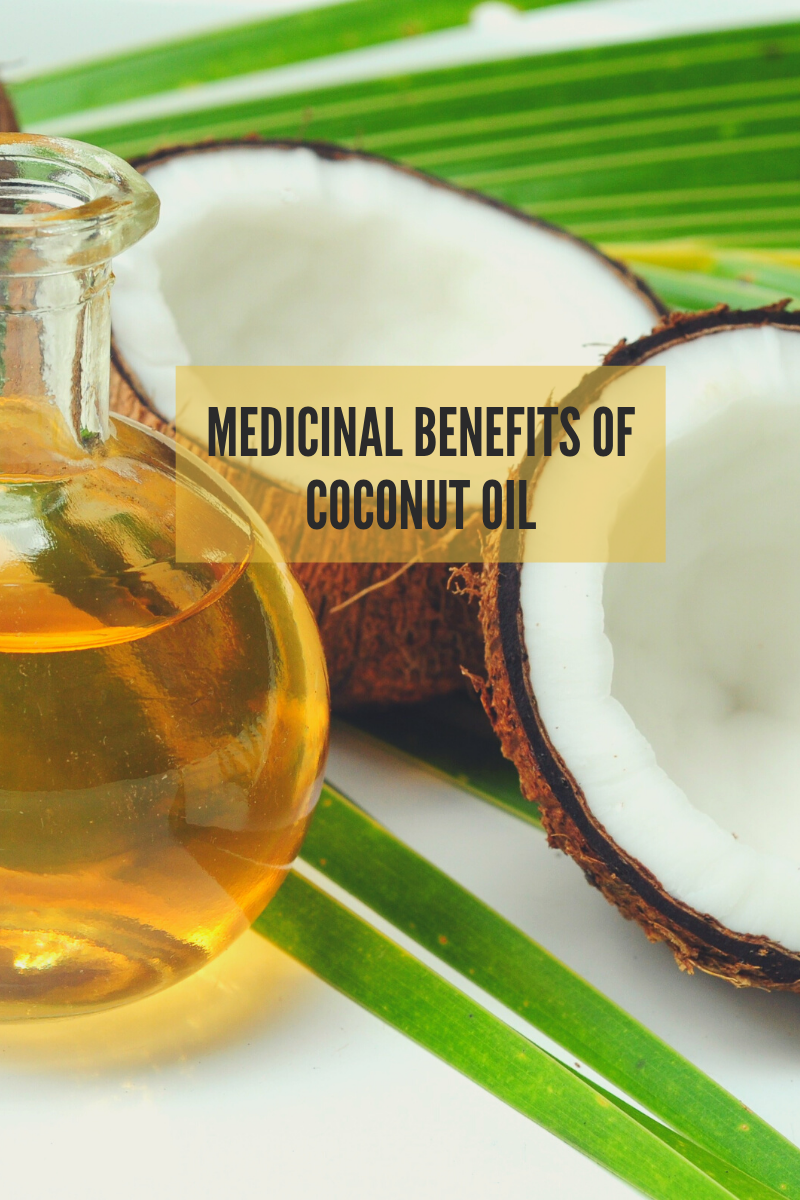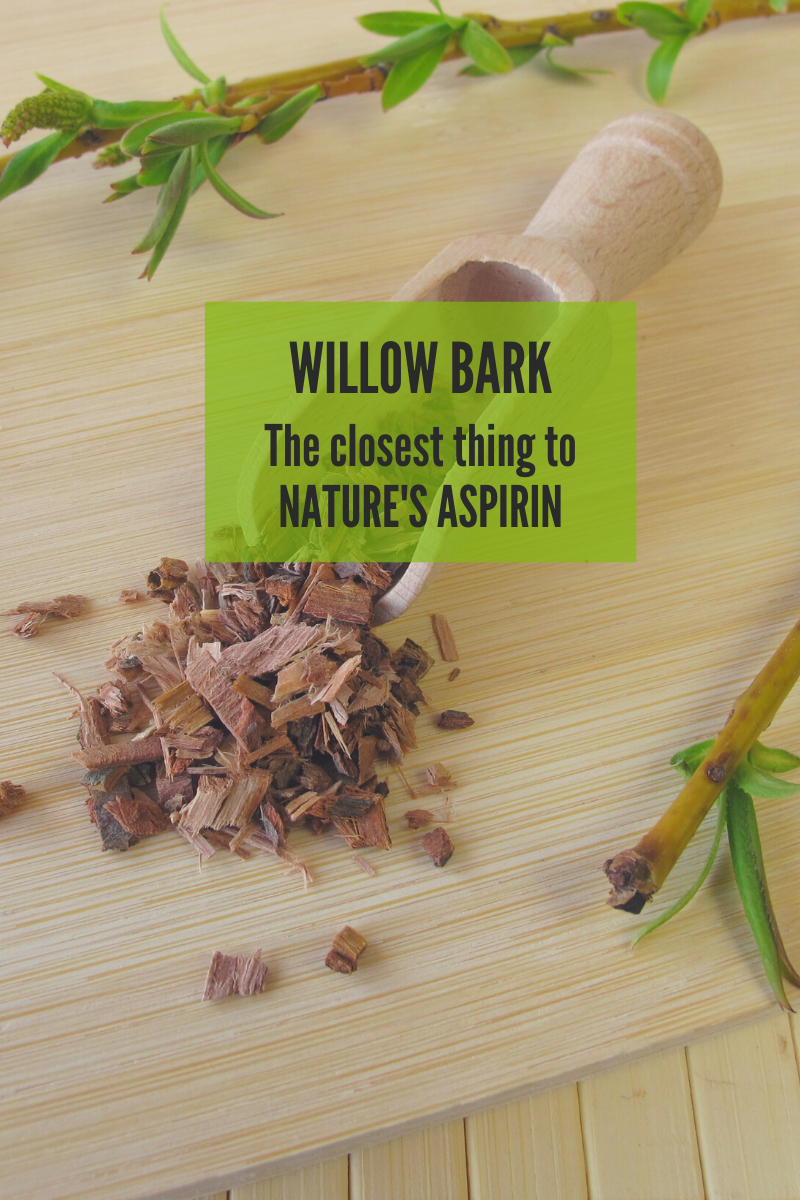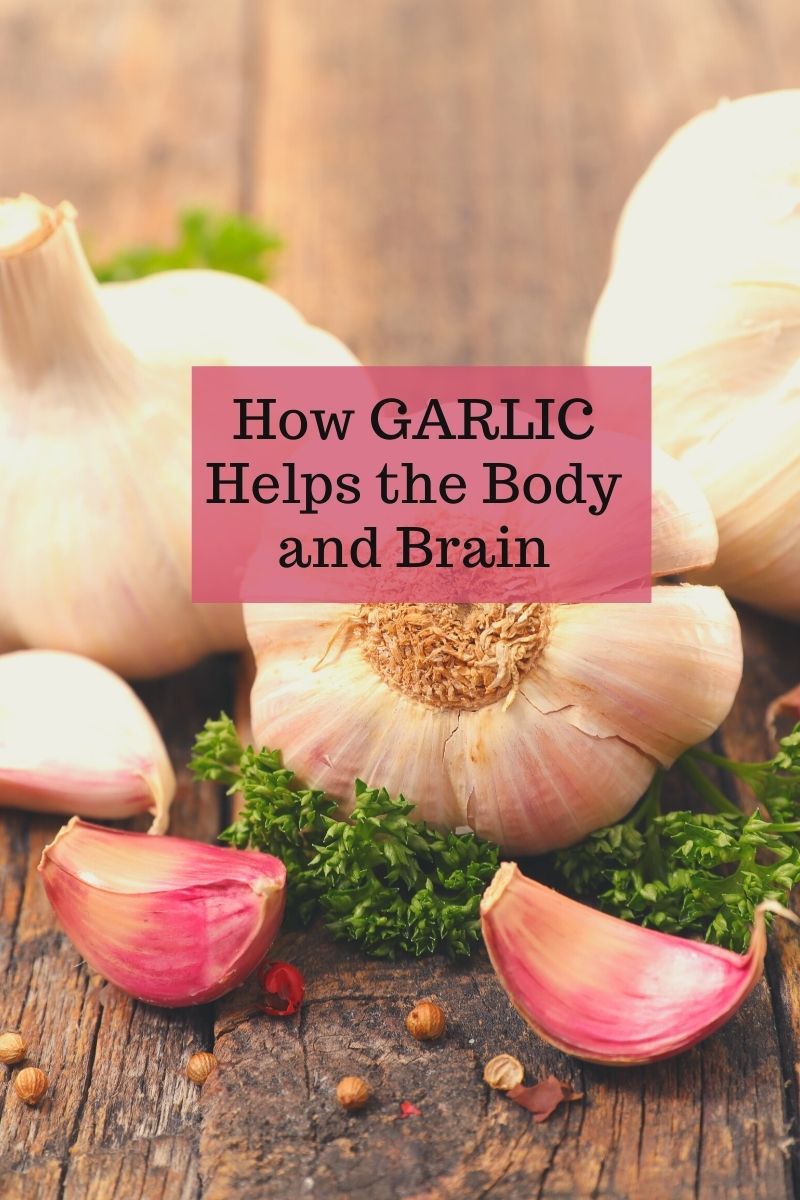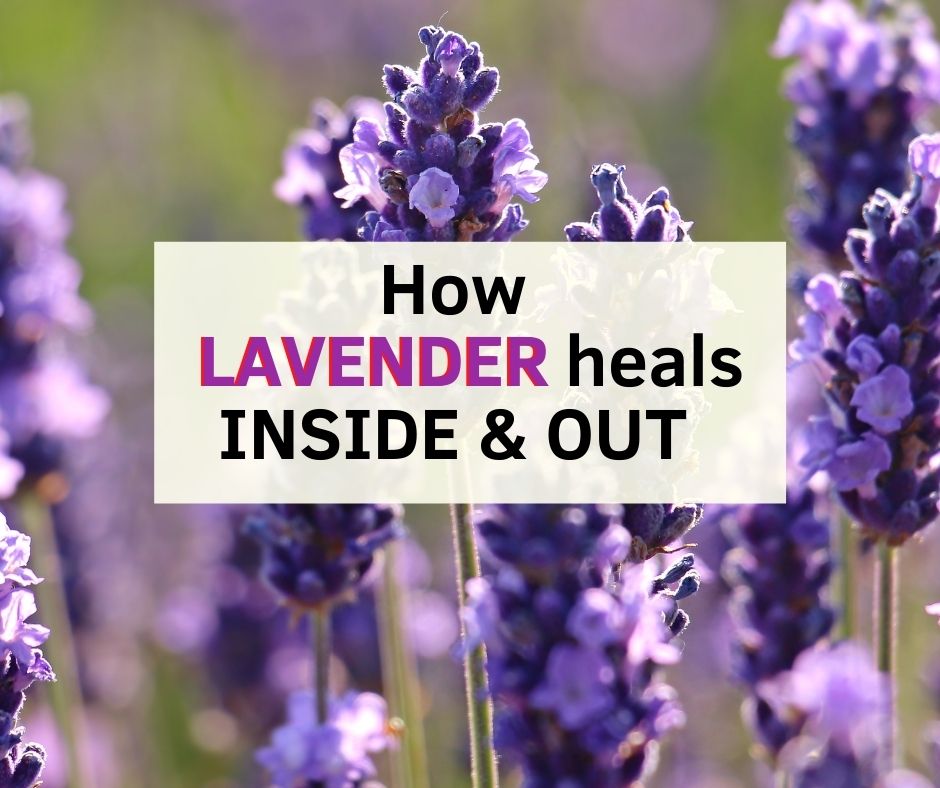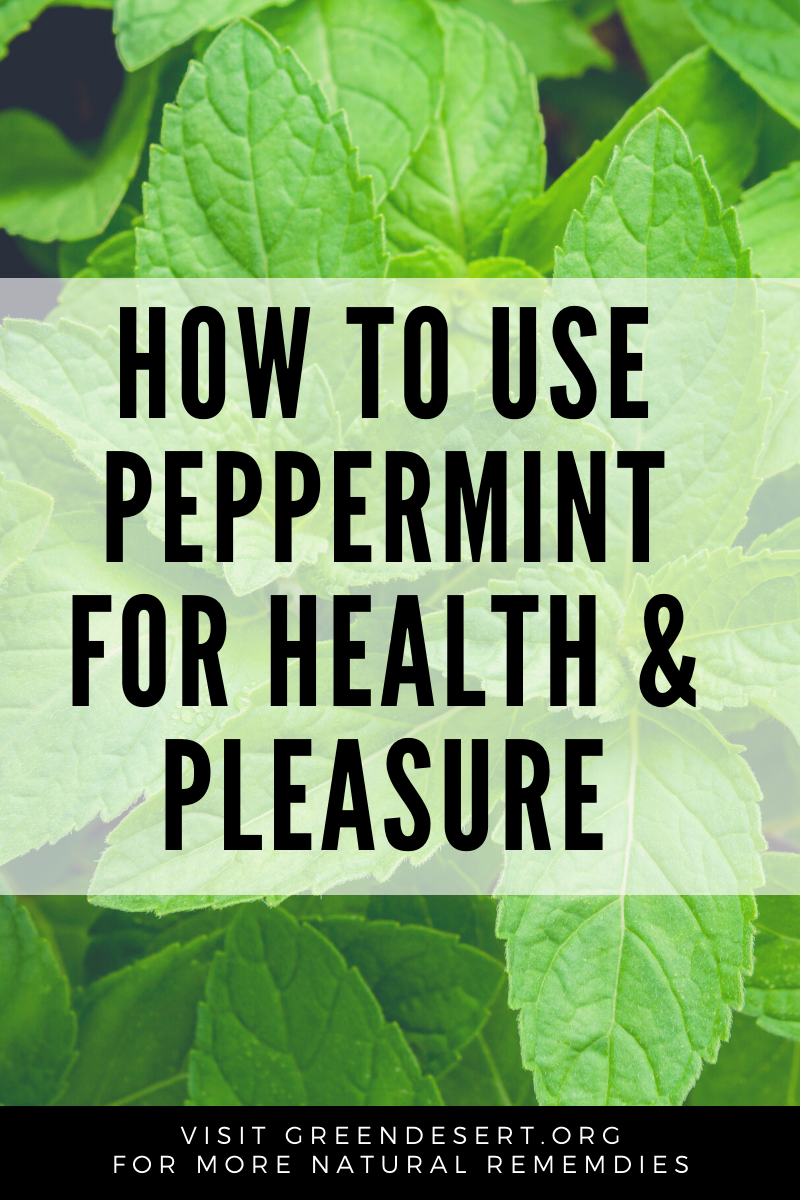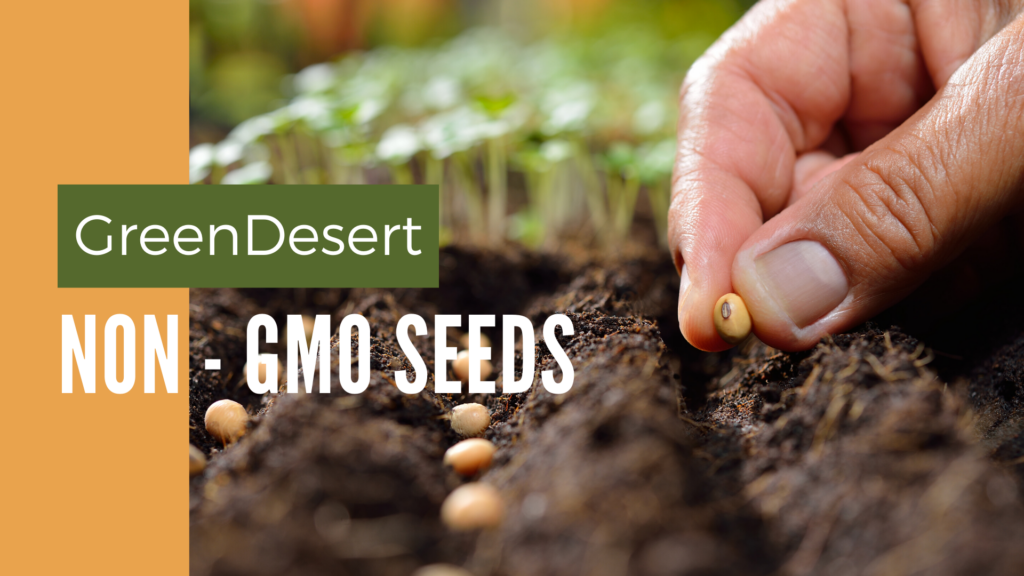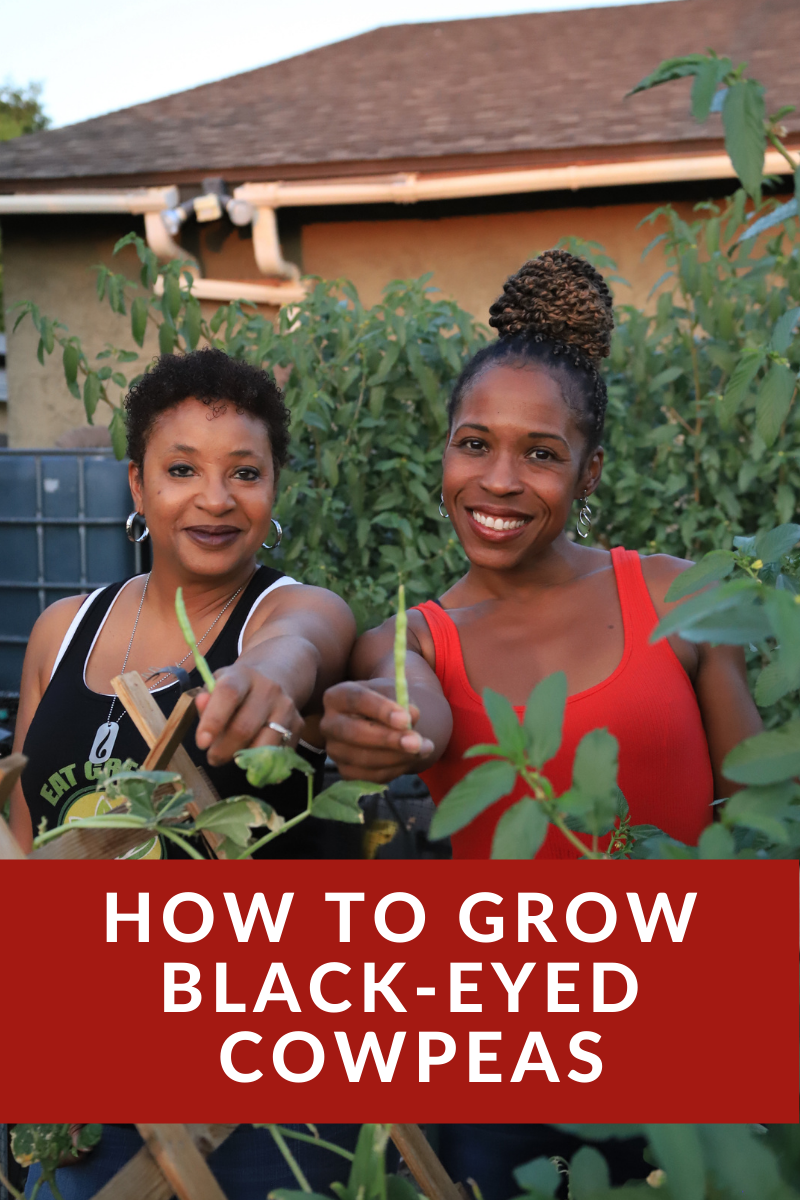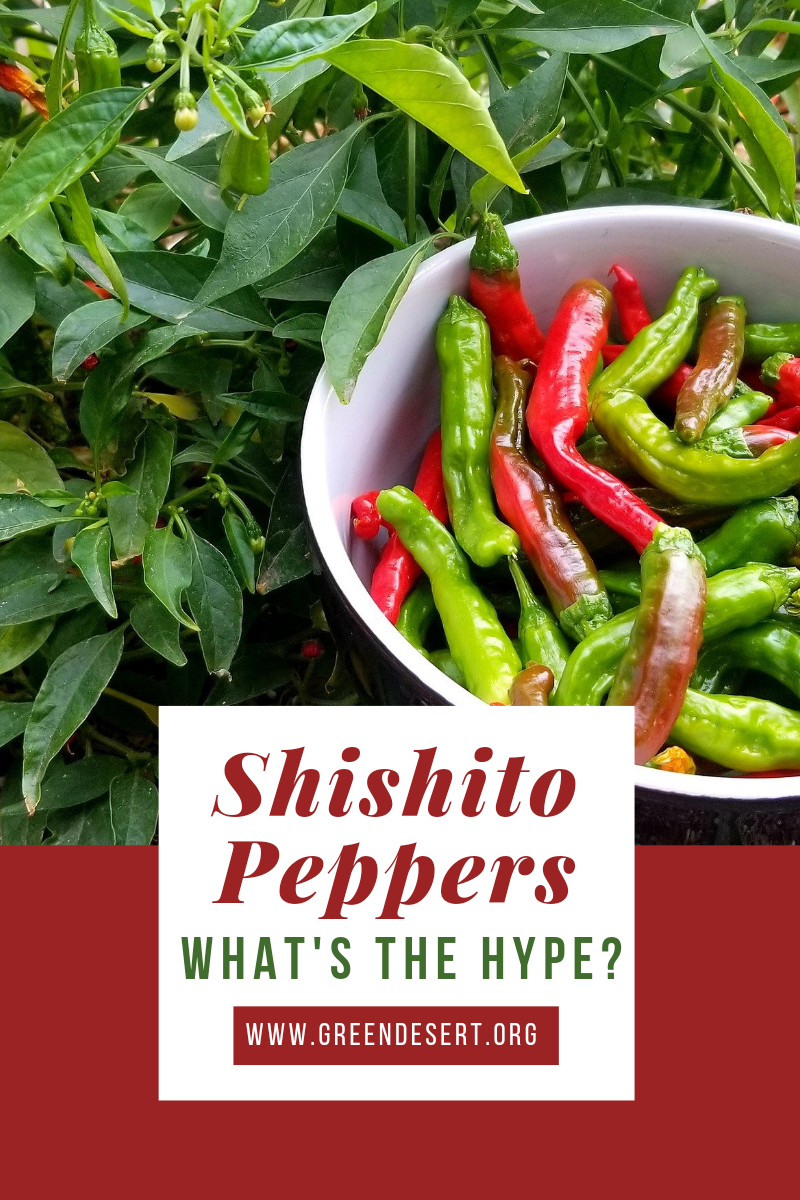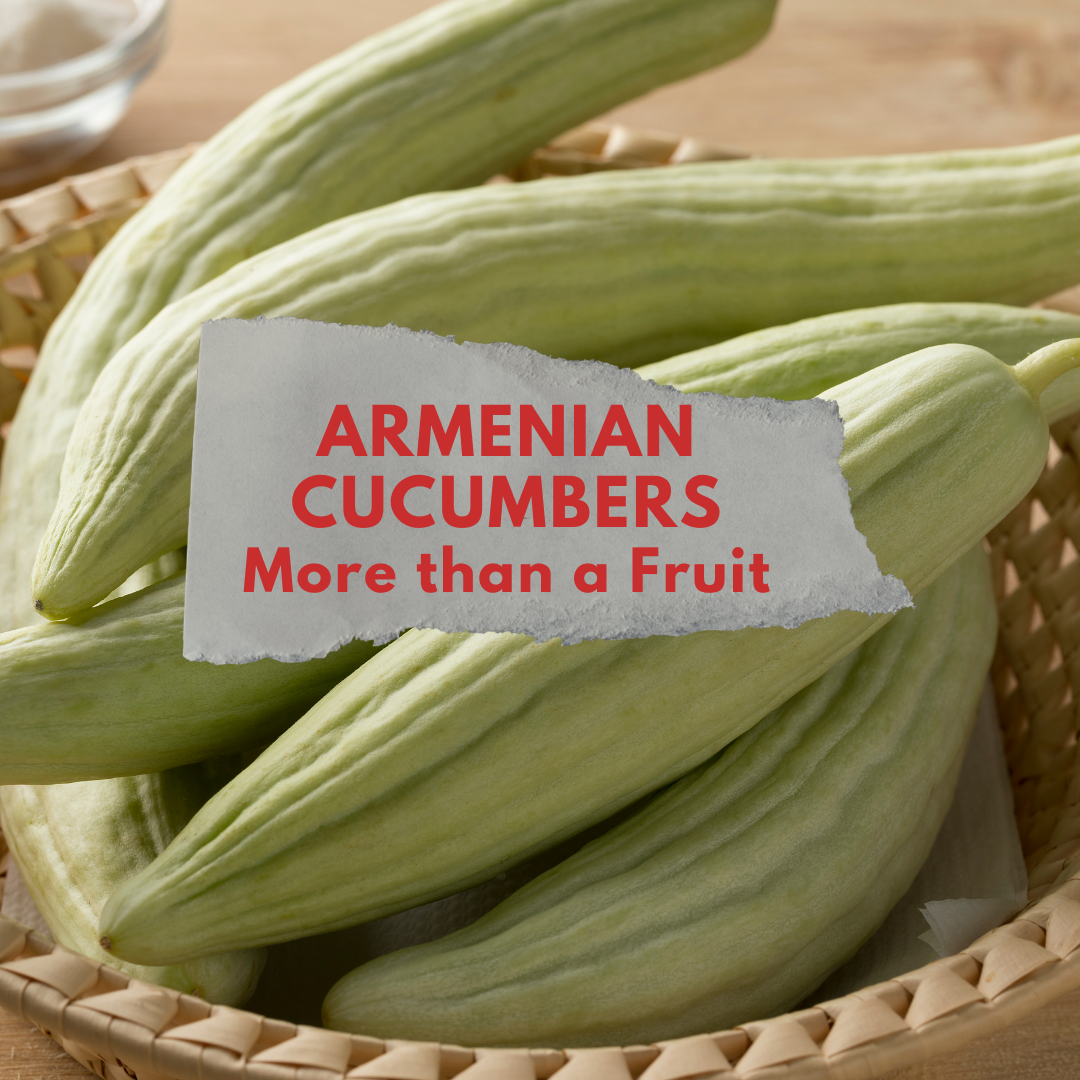Cacao
Do you love chocolate? I do!
I’m sure you’ve heard all of the reports that chocolate is bad for you… and other reports that say chocolate is simply getting a bad wrap and it’s actually healthy. Well, both sides are right… kind of.
Most of the chocolate you find in stores these days have high amounts of sugar, tons of calories and there are even animal products like milk and butter — lots of it.
It turns out there is a healthier alternative – just take the traditional chocolate, minus all of the added sugars and other stuff. You’re left with an ingredient that’s actually considered a superfood — CACAO.
The cacao tree produces pods. Inside each pod, you’ll find more than 30 cacao seeds. When you eat chocolate, you’re eating the seeds of the cacao fruit.
It’s technical name is the Theobroma cacao tree—which translates to “food of the gods,” because the Mayans and Aztecs believed it was a gift from God… and for good reason.
But before we talk about the benefits… There is a distinction that should be noted between chocolate, cacao, and cocoa. The term cacao is reserved mostly for seeds that have not been roasted, while cocoa is used to refer to any manufactured product from the seed which would include chocolate.
Now let’s talk more about why some of our ancestors put cacao on such a high pedestal;
Cacao is one of the highest sources of magnesium in nature, full of iron, zinc, copper and selenium.
Even more, the seeds are full of polyphenols, which are plant compounds with antioxidant properties. And it’s not a small amount…
Cacao contains more antioxidants per gram than blueberries, goji berries, red wine, raisins, prunes and even pomegranates. And those antioxidant properties have been shown to protect you from diseases like cancer, diabetes, and heart disease.
Cacao also packs more calcium than cow’s milk… so it’s definitely a powerhouse.
With all of those vitamins and nutrients, it makes since that consuming cacao can help with conditions like stress and depression, heart health and even help reduce blood pressure.
And that’s not all — is also rich in flavanols. Flavanols help support neuron production, brain function and improve blood flow and supply to brain tissue. They’ve also been linked to the prevention of age-related brain illnesses, such as Alzheimer’s.
I could go on and on about the benefits of adding Cacao to your daily diet.
That being said, it doesn’t have the same sweetness as chocolate. It’s actually more on the bitter side, closer to a coffee bean.
You can find cacao in several forms… nibs, powder, butter, even a paste.
So how do you consume it?
We eat raw cacao daily and I’ll admit, it’s not like eating chocolate.
But there are lots of ways to add it to your daily diet… including blending it into a smoothies, adding it to warm coconut milk with a little honey and vanilla, you can even add the raw cacao nibs to your trailmix!
You’ll get the most nutrients and antioxidants by eating it raw.
And if you are really craving chocolate, pure dark chocolate is best. Look for a cacao content of 70 percent or more. That’s what I use for baking. So be creative… it’s worth the benefits!
More Fun Facts —
The cacao trees are native to Central and South America, but they can also be found in Africa, too. In fact, 70% of the cacao produced today comes from Africa.
As for growing… I’d LOVE to own a cacao tree, but unfortunately Phoenix isn’t close to ideal. Cacao trees really only prosper in warm rainforests and if you want to grow your own you’ll have to replicate that environment. Hawaii, parts of southern Florida, and southern California are examples of places in the U.S. where you can have better luck.
Let me know if you are successful!
Cacao is just one nature’s secrets to living a healthier lifestyle. We have an entire page of even more natural remedies. If you have natural remedies you use, please share them — it takes a community!

